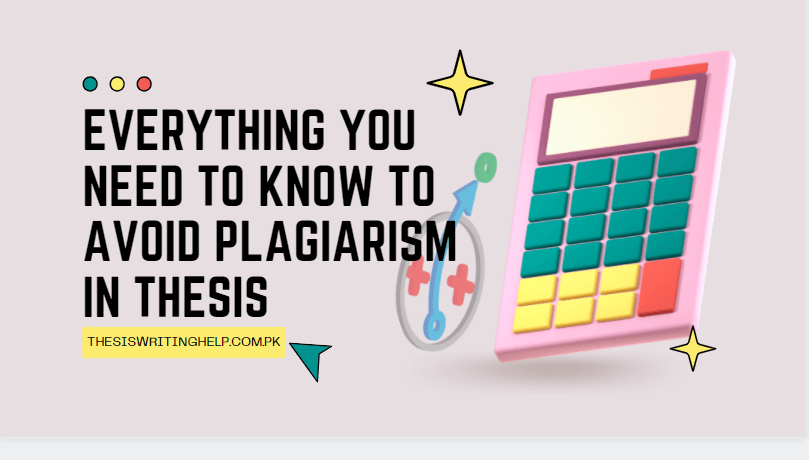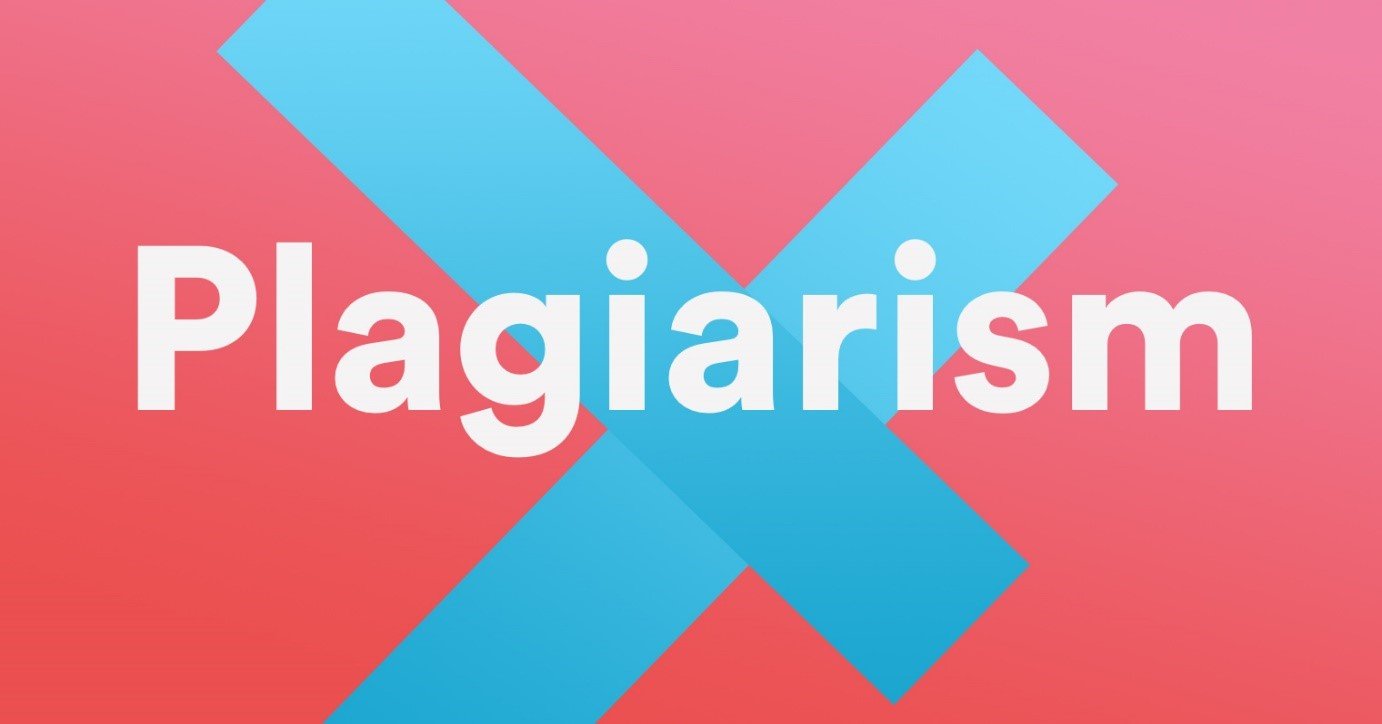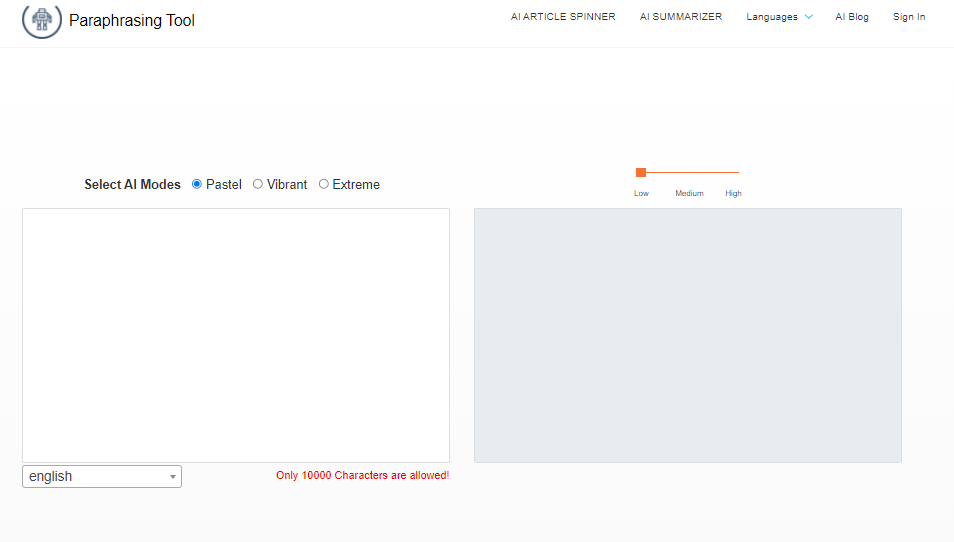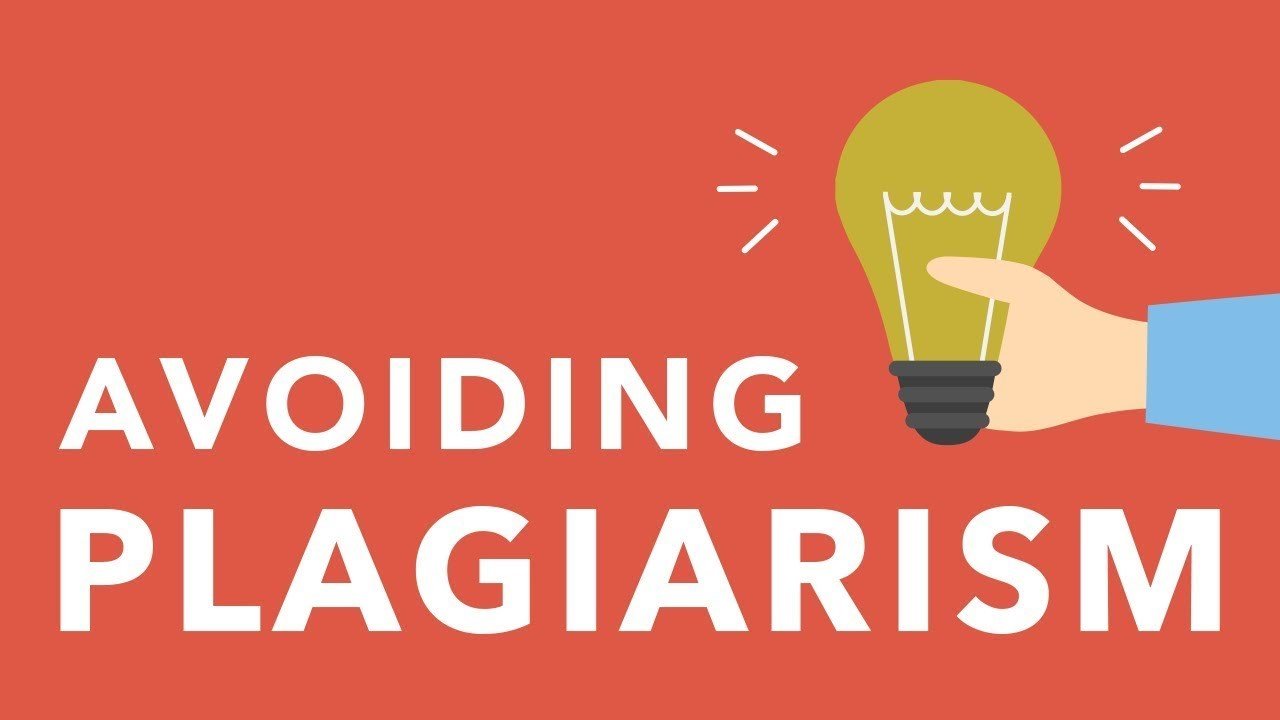
Plagiarism is a moral issue that should be considered by all students, but it is more so a legal issue.
The term plagiarism referred to an act of claiming another's work as one's own, but in the academic world it has come to mean the act of using someone else's words without citing their source.
In the academic world, plagiarism is seen as a serious breach of ethics and is punishable by various degrees of sanctions including dismissal from school or termination from employment.
Avoiding plagiarism is difficult when you do not have any previous experience with it. However, there are some very easy things that you can do to make sure that you are not plagiarizing others' work.
First, always try to paraphrase the article when your professor asks for a summary of it. If you find yourself summarizing too much of the article, then try paraphrasing less and including more of your own thoughts in the summary. Second, if you are using quotes from the article in your work, always provide a citation or reference for where they came from and who wrote them.
Paraphrases are an important part of writing and offer a wealth of information. They can be used to clarify the original work, differentiate between two similar texts, or create a summary of a long text in few words.

One should keep in mind that paraphrasing should not be used as a replacement for the original text and should always cite the original work with quotation marks and a citation.
When you paraphrase a research paper using an online paraphrasing tool, the end result is usually still imperfect. Online paraphrasing tool built on NLP models such as this paraphraser can help you get a sense of what is being written in the paper. However, it is not recommended to use it as a secondary help.

The use of online paraphrasing tools still requires some human supervision because of the immaturity in the artificial intelligence technology. This immature technology may confuse or omit information from your paper when processing and paraphrasing it.
There are two types of plagiarism. The first is unintentional plagiarism, which is typically from lack of understanding of what constitutes original work. The second is intentional plagiarism, which is when the person knowingly steals someone else's work.
There are many signs that can help identify unintentional and intentional plagiarism in an essay or thesis.
For unintentional plagiarism, there may be a lack of source attribution in the text, no traceable pattern between quotes and text, and a low word count or length.
For intentional plagiarism, there may be a mismatch between the language used in the paper and the language used in sources, a very high word count and length with no attribution for these words added to the paper, or sentences that are exactly identical to those found in sources with no quotation marks around them.

Intentional plagiarism is the act of copying someone else's work and presenting it as one's own. It is done to pass off someone else's work as one's own or to deceive or impress others.
If you want to avoid intentional plagiarism, then you should develop your writing skills by practicing writing and learning new things. This will help you become an excellent writer who can express your thoughts in a unique way, without using other people’s ideas or words.
The Internet is filled with millions of articles and blogs, which makes it very easy for people to inadvertently plagiarize. It is important to understand the difference between plagiarism and copyright infringement.

The line between plagiarism and copyright infringement is a thin one, so it can be difficult to know when you are crossing from one to the other. There are 03 main ways to avoid unintentional plagiarism:
Plagiarism is the act of copying and pasting someone else's work to create a new piece of work. Copyright, on the other hand, is the right given to an author or owner of a creative work.
Copyright protection is incorporated into US law by the Copyright Act. This act allows authors to control their creative works and gives them rights with regard to how their works are used by others.
Copyright law protects creative works like books, music, films, and artwork. Copyrights are granted for a certain period of time in order to spur creativity and guarantee that those who create new works will be rewarded for their efforts.
There are many mistakes that can be made while writing a thesis. They range from not being able to get the information, to not understanding the topic well enough, and even lack of organization.
Thesis mistakes are generally due to two reasons- lack of research or lack of understanding of what is required from the research.
Students often fail to do their homework on time, which leads to not having enough time for research. Sometimes they can't find the information that they need because they did not take enough time in researching it. This leads to their inability to understand what is required from them and then provide the plagiarized work.
Thesis writing is a time-consuming process. It requires a great amount of research and creativity, which is why many college students struggle with it. Even though there are many services which can help with thesis writing, not all of them are good. This online thesis writing services have the best writers and affordable prices.
While some people think that it's cheating to use an online service for their thesis, others say that it can be an effective solution for those who don't want to spend their time on formatting and editing their work and just want to get the paper done in the shortest time possible.
Citing your sources is important, because it gives other researchers the opportunity to find and read your sources.
The best way to cite your sources is by using a citation management program such as Zotero or EndNote. You can also find proper citation formats on websites such as The OWL at Purdue University or Purdue Online Writing Lab.
The American Psychological Association (APA) style is a citation style used in the social sciences. It's primarily used by professionals in psychology and other fields related to mental health, but it's also widely adopted in a number of other subjects.
The author's last name and the date of publication are included in parenthesis.
The style of citation you use for your research paper is a very important decision. There are many different styles, but APA and MLA are two of the most commonly used styles in the US. The APA style is used by social scientists and psychologists, while the MLA is more commonly used by scholars in literature and humanities fields.
Plagiarism is a serious issue that affects many students, but it is possible to avoid it. Understanding the concept of plagiarism and what constitutes plagiarism will allow you to better identify when you should reference others' work in your paper or not.
We specialize in a lot of subjects and offer our services in most of the academic categories.

